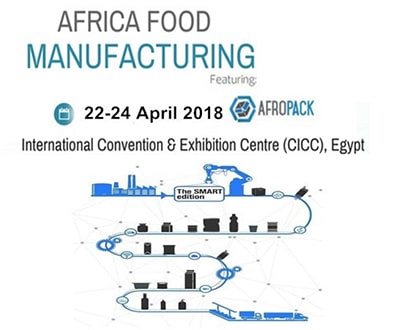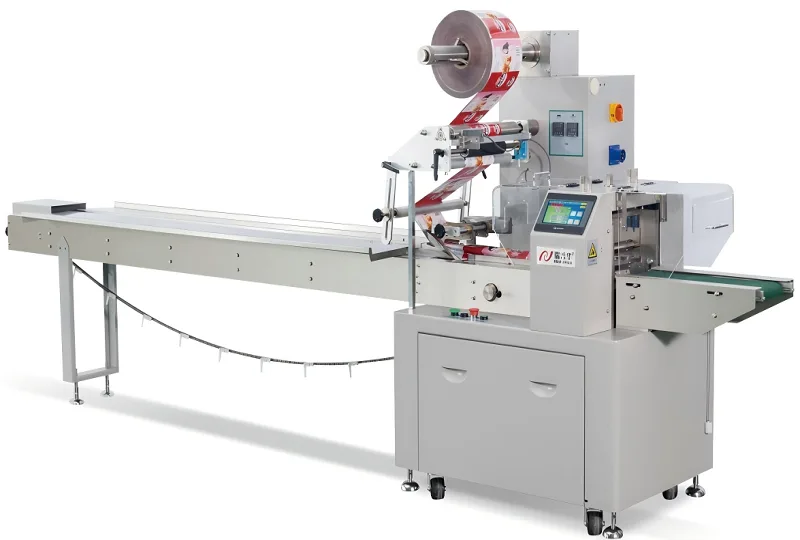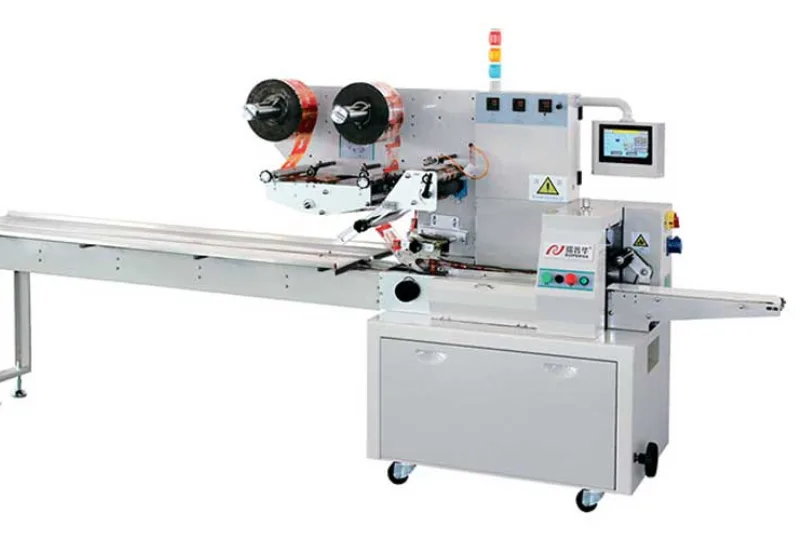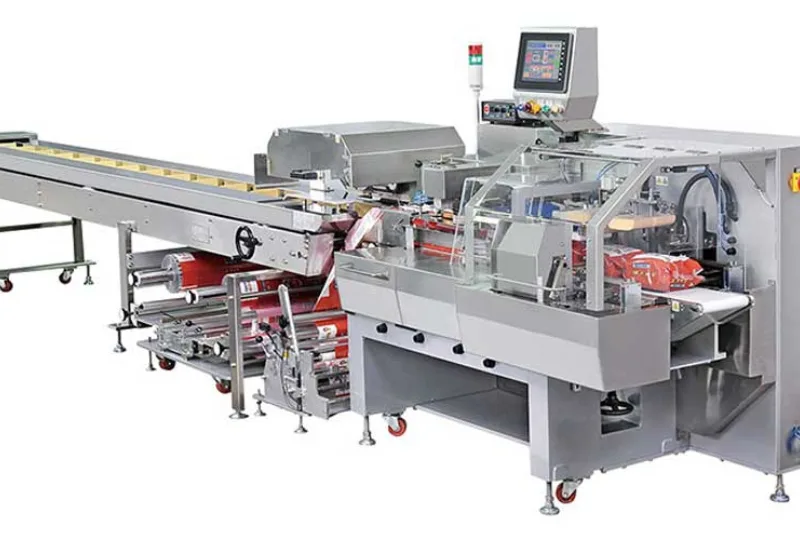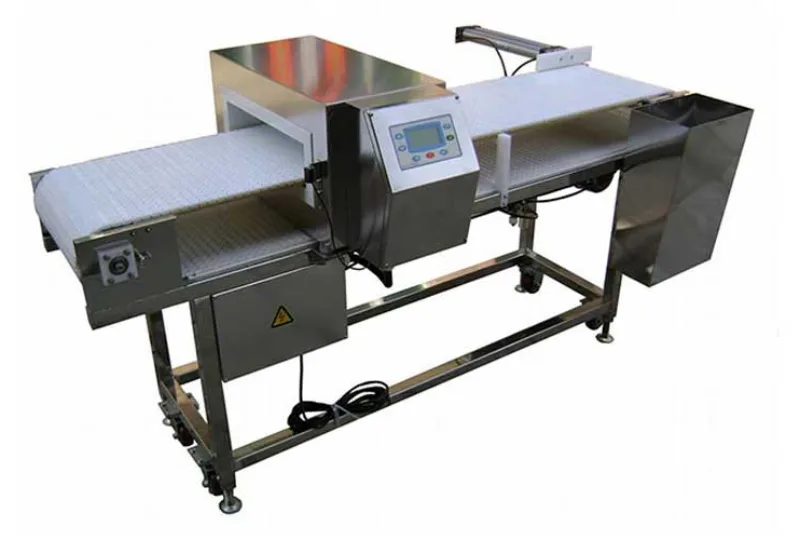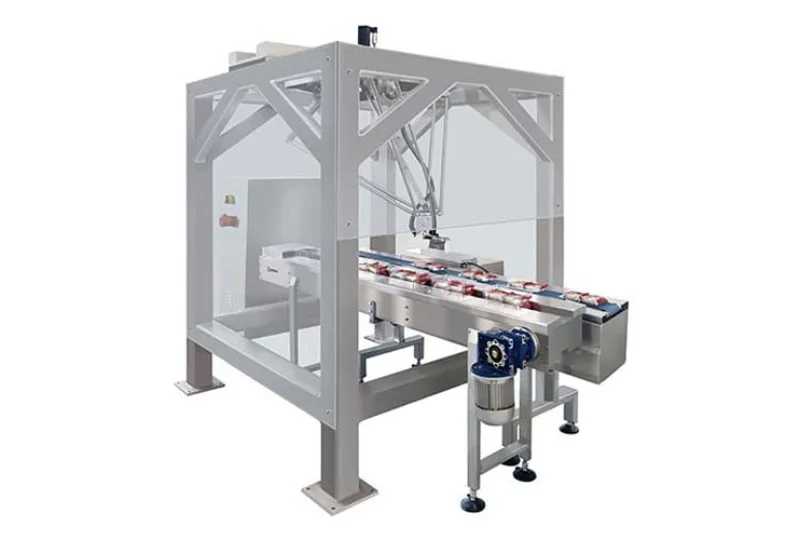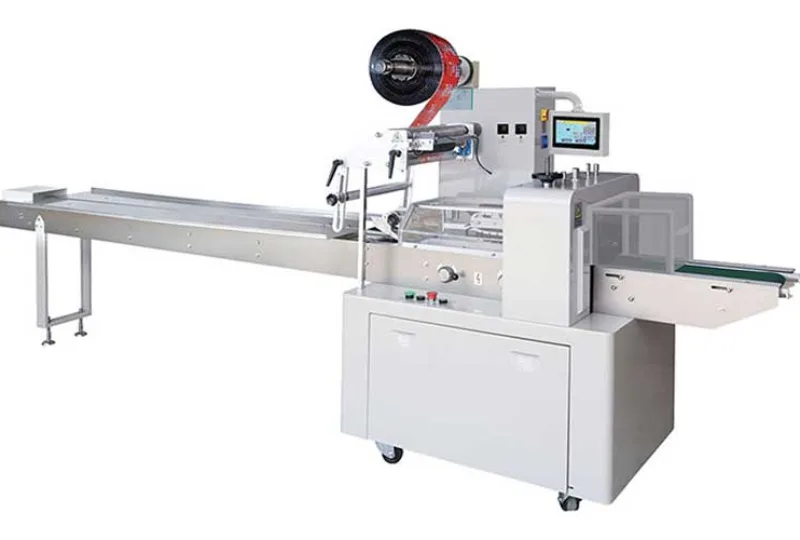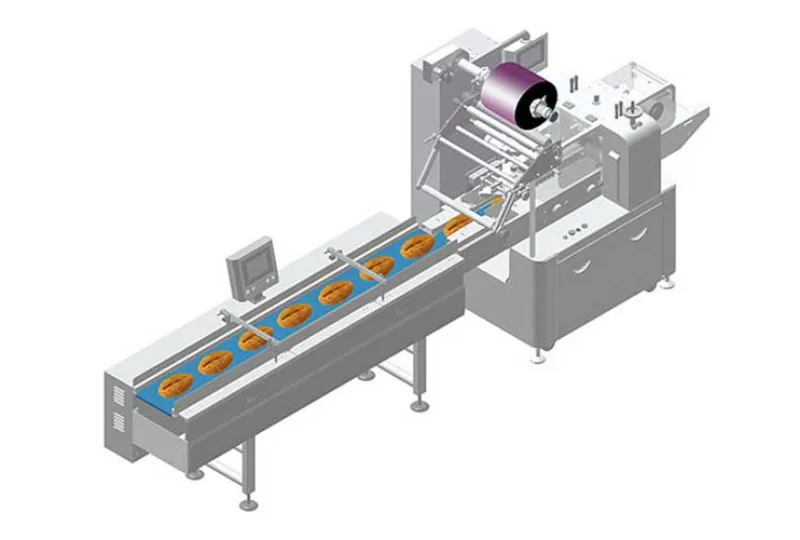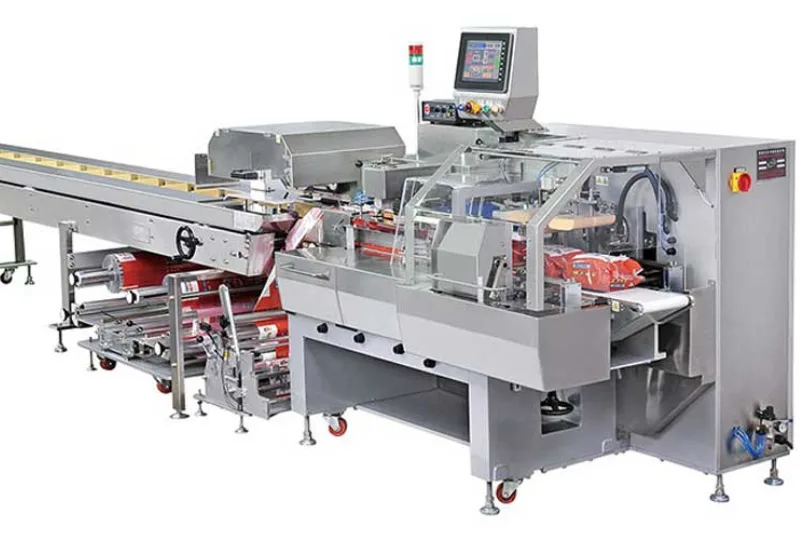Best Practices for Operating and Maintaining a Wafer Automatic Packaging Machine
The wafer automatic packaging machine is a critical piece of equipment in the semiconductor manufacturing process. It is responsible for packaging wafers into individual units, protecting them from damage during handling and storage. To ensure efficient and reliable operation of the wafer automatic packaging machine, it is essential to follow best practices for its operation and maintenance.
Best practices for operating and maintaining a wafer automatic packaging machine include:
Proper training of operators
Regular preventive maintenance
Prompt troubleshooting and repair
Effective documentation
Continuous improvement
Operator Training
Proper training of operators is essential for ensuring safe and efficient operation of the wafer automatic packaging machine. Operators should be thoroughly familiar with the machine’s functions, controls, and safety procedures. They should also be trained on how to perform routine maintenance tasks and troubleshoot common problems.
Preventive Maintenance
Regular preventive maintenance is crucial for keeping the wafer automatic packaging machine running smoothly and preventing costly breakdowns. Preventive maintenance tasks typically include cleaning the machine, inspecting components for wear and tear, and lubricating moving parts. By performing preventive maintenance on a regular basis, it is possible to significantly extend the life of the machine and reduce the likelihood of unexpected failures.
Troubleshooting and Repair
Prompt troubleshooting and repair of any problems that arise with the wafer automatic packaging machine is essential to minimize downtime and maintain productivity. Operators should be trained to recognize common problems and perform basic troubleshooting steps. For more complex problems, it may be necessary to contact the manufacturer’s technical support team.
Documentation
Effective documentation is essential for maintaining a wafer automatic packaging machine. This documentation should include operating instructions, maintenance procedures, troubleshooting guides, and spare parts lists. By maintaining accurate and up-to-date documentation, it is possible to ensure that the machine is operated and maintained properly, and that any necessary repairs can be performed quickly and efficiently.
Continuous Improvement
Continuous improvement is an ongoing process that involves identifying areas for improvement in the operation and maintenance of the wafer automatic packaging machine. This can involve implementing new technologies, optimizing maintenance procedures, or improving operator training. By continuously improving the operation and maintenance of the machine, it is possible to increase productivity, reduce downtime, and improve the overall efficiency of the semiconductor manufacturing process.
Best practices for operating and maintaining a wafer automatic packaging machine include:
Proper training of operators
Regular preventive maintenance
Prompt troubleshooting and repair
Effective documentation
Continuous improvement
Operator Training
Proper training of operators is essential for ensuring safe and efficient operation of the wafer automatic packaging machine. Operators should be thoroughly familiar with the machine’s functions, controls, and safety procedures. They should also be trained on how to perform routine maintenance tasks and troubleshoot common problems.
Preventive Maintenance
Regular preventive maintenance is crucial for keeping the wafer automatic packaging machine running smoothly and preventing costly breakdowns. Preventive maintenance tasks typically include cleaning the machine, inspecting components for wear and tear, and lubricating moving parts. By performing preventive maintenance on a regular basis, it is possible to significantly extend the life of the machine and reduce the likelihood of unexpected failures.
Troubleshooting and Repair
Prompt troubleshooting and repair of any problems that arise with the wafer automatic packaging machine is essential to minimize downtime and maintain productivity. Operators should be trained to recognize common problems and perform basic troubleshooting steps. For more complex problems, it may be necessary to contact the manufacturer’s technical support team.
Documentation
Effective documentation is essential for maintaining a wafer automatic packaging machine. This documentation should include operating instructions, maintenance procedures, troubleshooting guides, and spare parts lists. By maintaining accurate and up-to-date documentation, it is possible to ensure that the machine is operated and maintained properly, and that any necessary repairs can be performed quickly and efficiently.
Continuous Improvement
Continuous improvement is an ongoing process that involves identifying areas for improvement in the operation and maintenance of the wafer automatic packaging machine. This can involve implementing new technologies, optimizing maintenance procedures, or improving operator training. By continuously improving the operation and maintenance of the machine, it is possible to increase productivity, reduce downtime, and improve the overall efficiency of the semiconductor manufacturing process.
-
01
Automatic Tray Loading and Packaging Equipment: Boost Efficiency to 160 Bags/Minute
21-11-2025 -
02
Automatic Soap Packaging Machine: Boost Productivity with 99% Qualification Rate
21-11-2025 -
03
A Deep Dive into Automatic Toast Processing and Packaging System
18-11-2025 -
04
The Future of Bakery Production: Automated Toast Processing and Packaging System
18-11-2025 -
05
Reliable Food Packaging Solutions with China Bread, Candy, and Biscuit Machines
11-10-2025 -
06
High-Performance Automated Food Packaging Equipment for Modern Production
11-10-2025 -
07
Reliable Pillow Packing Machines for Efficient Packaging Operations
11-10-2025 -
08
Advanced Fully Automatic Packaging Solutions for Efficient Production
11-10-2025 -
09
Efficient Automatic Food Packaging Solutions for Modern Production
11-10-2025 -
10
Advanced Automatic Packaging Equipment for Efficient Production
11-10-2025





